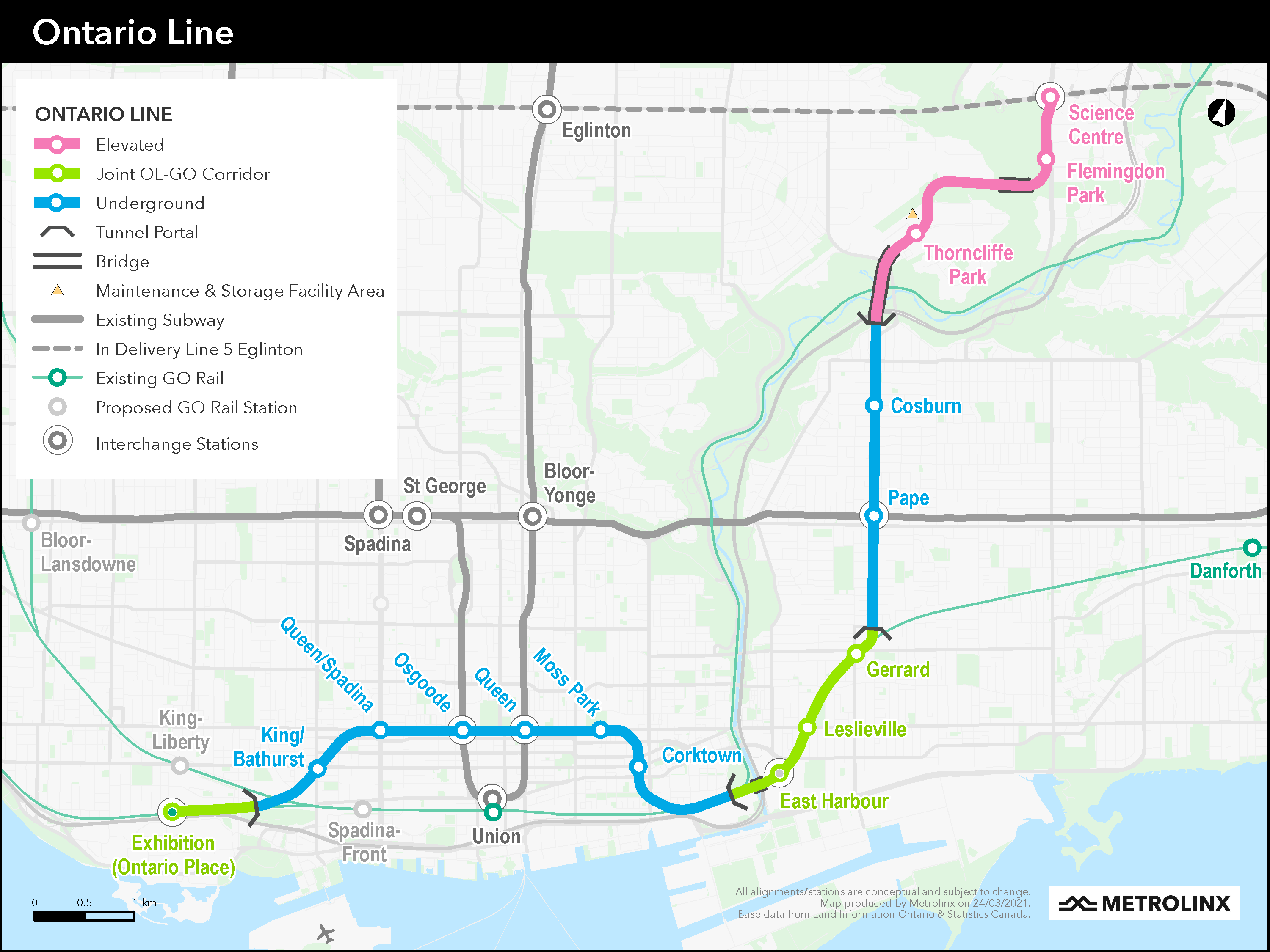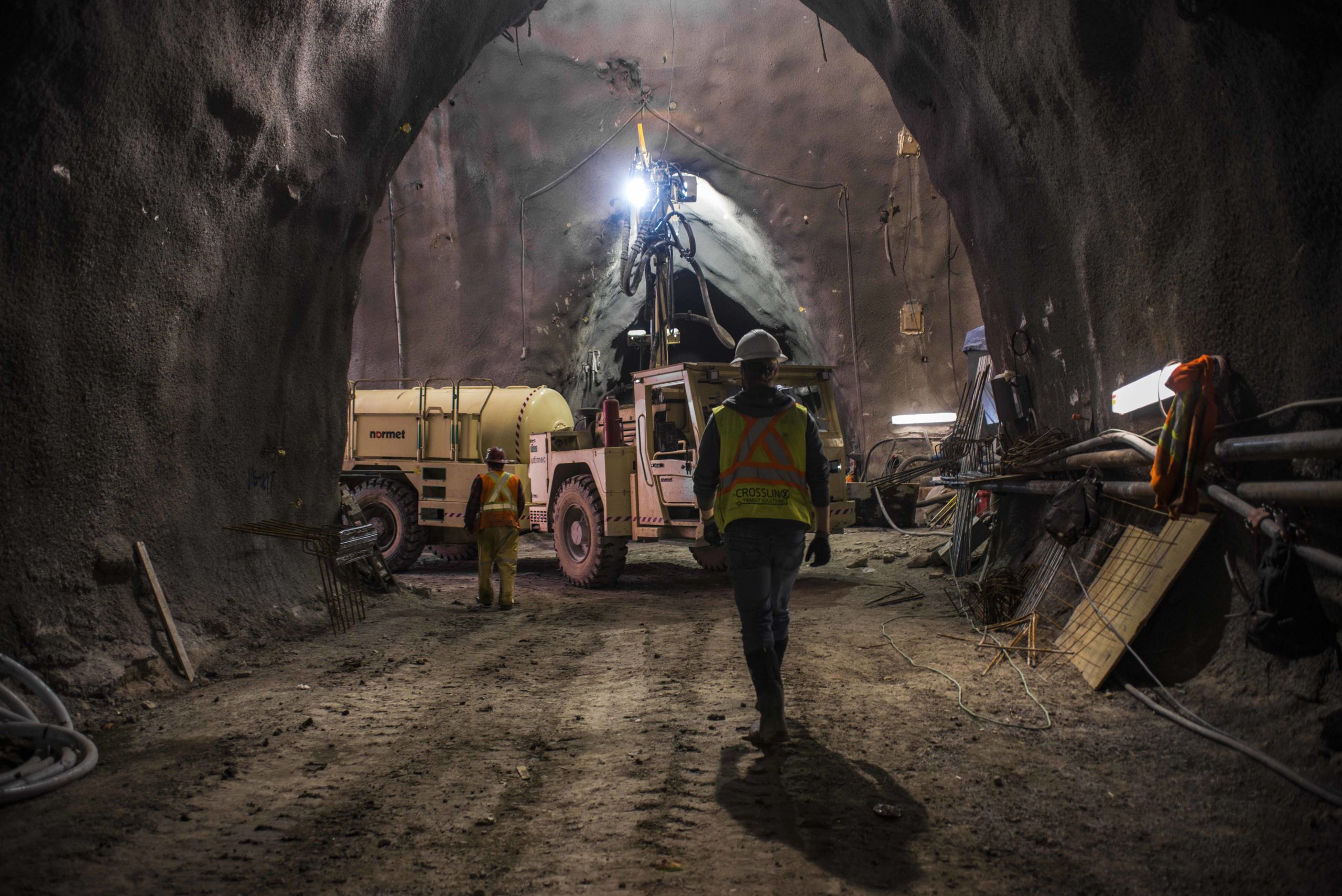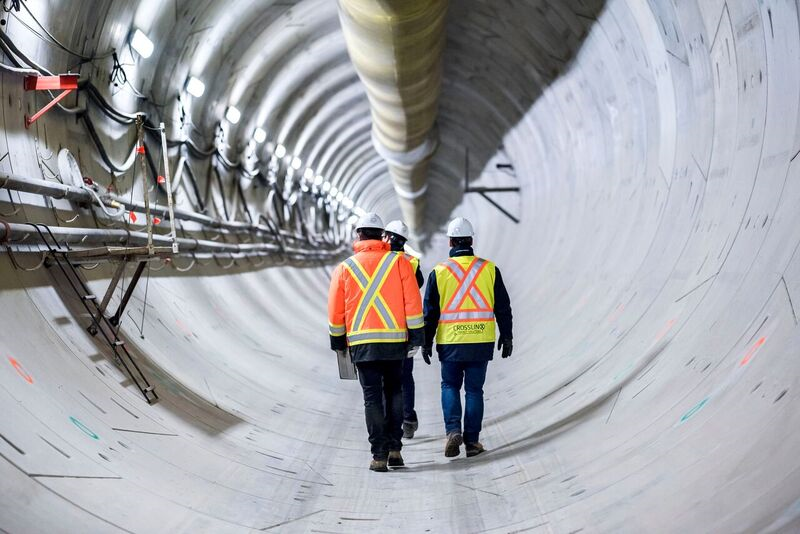Member Profile | Metrolinx
Infrastructure is a hot topic in Canadian cities – and nowhere more so than in the Greater Toronto and Hamilton Area (GTHA). RAC member Metrolinx is undertaking the largest transportation investment in Ontario’s history to get you where you need to go better, faster, easier, while also operating GO Transit, UP Express and PRESTO. In April 2019, the Ontario government announced the creation of the Ontario Line, a new subway route. We spoke to Metrolinx’s Malcolm MacKay about the $10.9 billion project and how it fits into the GTHA’s broader infrastructure plans.
RAC: Tell us about the Ontario Line project. How it will make life easier in Canada’s largest city?
Malcolm: Running across Toronto from the Exhibition/Ontario Place grounds in the southwest to the Ontario Science Centre in the northeast, the 15.6-kilometre Ontario Line will make it faster and easier for people to get where they want to go.
The line will feature 15 new transit stations throughout the city, including five major interchange stations that will connect to other subway lines, light rail transit lines, and GO Transit regional rail lines. Like the trains used in Vancouver, London, and Singapore, Ontario Line trains will be fully automated, allowing them to run more efficiently and frequently by reducing human errors that can cause delays. This fast and frequent service will mean serious time savings for customers, who will be able to get all the way from Exhibition Place to the Ontario Science Centre in 30 minutes or less, with zero transfers. That’s 40 minutes faster than today’s transit option, which requires getting on and off three separate vehicles.
Because we’re also bringing the line to parts of the city that need it most – like the dense and growing neighbourhoods of Thorncliffe Park, Flemingdon Park, and Liberty Village – there will be 255,000 more people within a comfortable ten-minute walk of fast, convenient transit.
For all these reasons, we expect the Ontario Line to accommodate 388,000 trips per day by 2041.
There will of course be benefits for those who don’t use transit, too. Traffic congestion will be reduced by 28,000 cars per day, resulting in 7.2 million fewer litres of fuel consumed each year.

The is a map of the Ontario Line, construction of which has not yet begun.
RAC: How does the Ontario Line fit into the rest of the Metrolinx network (and the broader rail network in the GTA)?
Malcolm: The Ontario Line will connect with dozens of other transit lines to make it easier for people to travel within the city and beyond while providing long-awaited crowding relief at existing interchange stations.
The line will boast three connections to existing subway lines, a connection to the soon-to-be completed Eglinton Crosstown LRT, connections to three different GO Transit regional rail services, and connections to popular streetcar routes at 10 Ontario Line stations.
These connections will allow people to travel further, but they will also allow people to travel more comfortably. On the Toronto Transit Commission’s busy Line 1 subway, rush-hour crowds could go down as much as 22 per cent at the Yonge-Bloor interchange station, with 14,000 fewer people passing through at the busiest hour. There will also be significant relief at Union Station, with up to a 14 per cent reduction in rush-hour crowding.
RAC: Governments at all levels have committed to this project. Why are they so enthusiastic about it?
Malcolm: The Ontario Line is going to make it easier to live, work, and play in Canada’s largest city, and that’s something to celebrate. There will be more free time in people’s days, more connections to jobs and essential services, fewer cars on the road, and fewer emissions in the air. The social and economic benefits of this project will have long-lasting, positive impacts on the city and the region, and we’re very excited to collaborate with our government partners to make them a reality.
RAC: What challenges have you had to overcome in delivering this project?
Malcolm: An unexpected challenge appeared in March 2020 with the COVID-19 pandemic, but the teams have adapted to virtual meetings and were able to press forward with design development and public engagements. The need for in-person collaboration, conversation, and engagement is evident, which is why we will be opening our community offices as soon as it’s safe to do so.

Workers hard at work at the Eglinton Crosstown Light Rail Transit project.
RAC: With so many people’s working habits changing, how do you see rail playing into the future of commuting in Canada’s largest city?
Malcolm: We know there is a brighter future in store – one where we’re not in a global pandemic and people are once again enjoying the many benefits of socializing, collaborating and doing business in person. The City of Toronto is Canada’s economic engine and largest city because of these benefits.
We are social beings in a social world, and that’s the future we have to plan for. If we don’t, we’re going to see our commutes become longer and, perhaps even more relevant in today’s landscape, more crowded – precisely what we need to avoid if we want our cities and our region to succeed. After a long period of under-investment in transit, we know we cannot afford to delay the much-needed expansion of our networks.
That’s not to say we won’t have to monitor trends and factor them into our plans along the way; it just means that we’re staying focused on our vision to deliver long overdue relief for the millions of people who live and work here, and those who visit us from other places.
RAC: Was there anything in the recent Ontario and federal budgets that gave Metrolinx cause to celebrate?
Malcolm: The Ontario 2021 Budget reconfirmed the province’s support for the priority subway projects, which is a massive investment that will improve the transit network across the region for generations to come. There was even a nod to East Harbour as a multi-modal transit hub, which is a key interchange station for the Ontario Line and will provide significant relief to Union Station.
The Ontario Budget also reconfirmed support for accelerating transit delivery, which will help bring these projects online faster. The Building Transit Faster Act will bring more certainty to our subway projects and avoid many delays that have occurred on past transit projects in the region.
The federal budget also has a commitment of $14.9B towards a permanent transit fund.
It’s very encouraging to see how governments at all levels in Canada are increasingly committed to building more transit.

Workers hard at work at the Eglinton Crosstown Light Rail Transit project.
RAC: When can we expect to ride the Ontario Line?
Malcolm: The Ontario Line will go into service before the Line 1 subway extension to Richmond Hill – known as the Yonge North Subway Extension – is completed. That will allow us to address existing crowding issues on the line before it serves new communities that also need transit. That target completion date for that project is 2029-30, so we know we will have to be up and running before then.